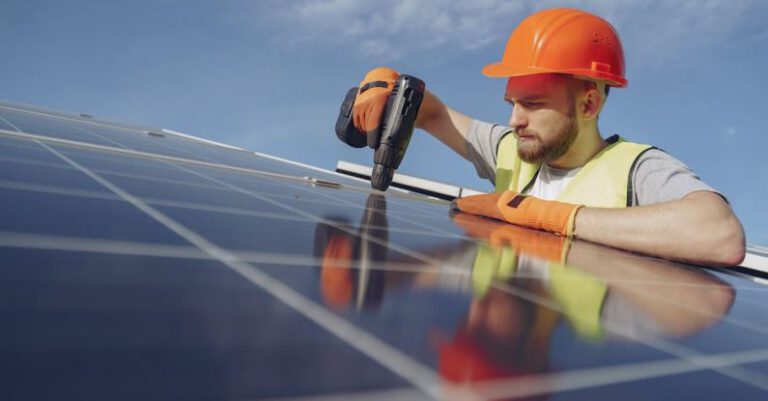When to Integrate Green Technologies?
The integration of green technologies has become a hot topic in recent years, as the world continues to grapple with the effects of climate change and the need for sustainable development. But when is the right time to embrace these technologies? In this article, we will explore the factors that determine the appropriate timing for integrating green technologies into various sectors.
Economic Viability: The First Consideration
Before integrating any green technology, it is important to assess its economic viability. In other words, will the implementation of this technology be cost-effective in the long run? While green technologies may require a higher upfront investment, they can often lead to significant savings in the form of reduced energy consumption and lower maintenance costs. Conducting a thorough cost-benefit analysis is crucial to determine if a green technology is financially feasible.
Availability of Resources: The Key to Success
Another important factor to consider is the availability of resources required for implementing green technologies. This includes not only financial resources but also the necessary infrastructure, skilled labor, and raw materials. Without these resources in place, the integration of green technologies may not be possible or may result in suboptimal outcomes. It is essential to evaluate the availability and accessibility of resources before embarking on any green technology project.
Government Support: A Catalyst for Change
Government support plays a vital role in the successful integration of green technologies. Policies and incentives can encourage businesses and individuals to adopt sustainable practices and invest in green technologies. Governments can provide tax credits, grants, and subsidies to offset the initial costs of implementing green technologies. By creating a supportive regulatory environment, governments can accelerate the adoption of green technologies across various sectors.
Environmental Impact: A Call for Action
The urgency to integrate green technologies is driven by the pressing need to mitigate the environmental impact of human activities. Green technologies offer solutions that can reduce carbon emissions, conserve natural resources, and promote cleaner and healthier environments. The scale and severity of the environmental challenges we face today make it imperative to prioritize the integration of green technologies in all sectors, from energy production to transportation and beyond.
Market Demand: Meeting Consumer Expectations
Consumer demand for environmentally friendly products and services is on the rise. Today’s consumers are increasingly conscious of the impact their choices have on the planet and are actively seeking sustainable alternatives. Businesses that fail to integrate green technologies risk losing out on a significant market share. By proactively adopting green technologies, companies can meet consumer expectations, gain a competitive edge, and contribute to a more sustainable future.
Industry Standards: Keeping Up with the Times
Industries often have their own standards and regulations that dictate the use of specific technologies. As these standards evolve to incorporate sustainability requirements, businesses must adapt and integrate green technologies to remain compliant. Staying ahead of industry standards not only ensures regulatory compliance but also positions businesses as leaders in their respective sectors.
The Time is Now
In conclusion, the integration of green technologies should be prioritized based on economic viability, availability of resources, government support, environmental impact, market demand, and industry standards. The urgency to address climate change and create a sustainable future calls for immediate action. By embracing green technologies, we can not only reduce our carbon footprint but also create a more resilient and prosperous world for future generations. The time to integrate green technologies is now.






